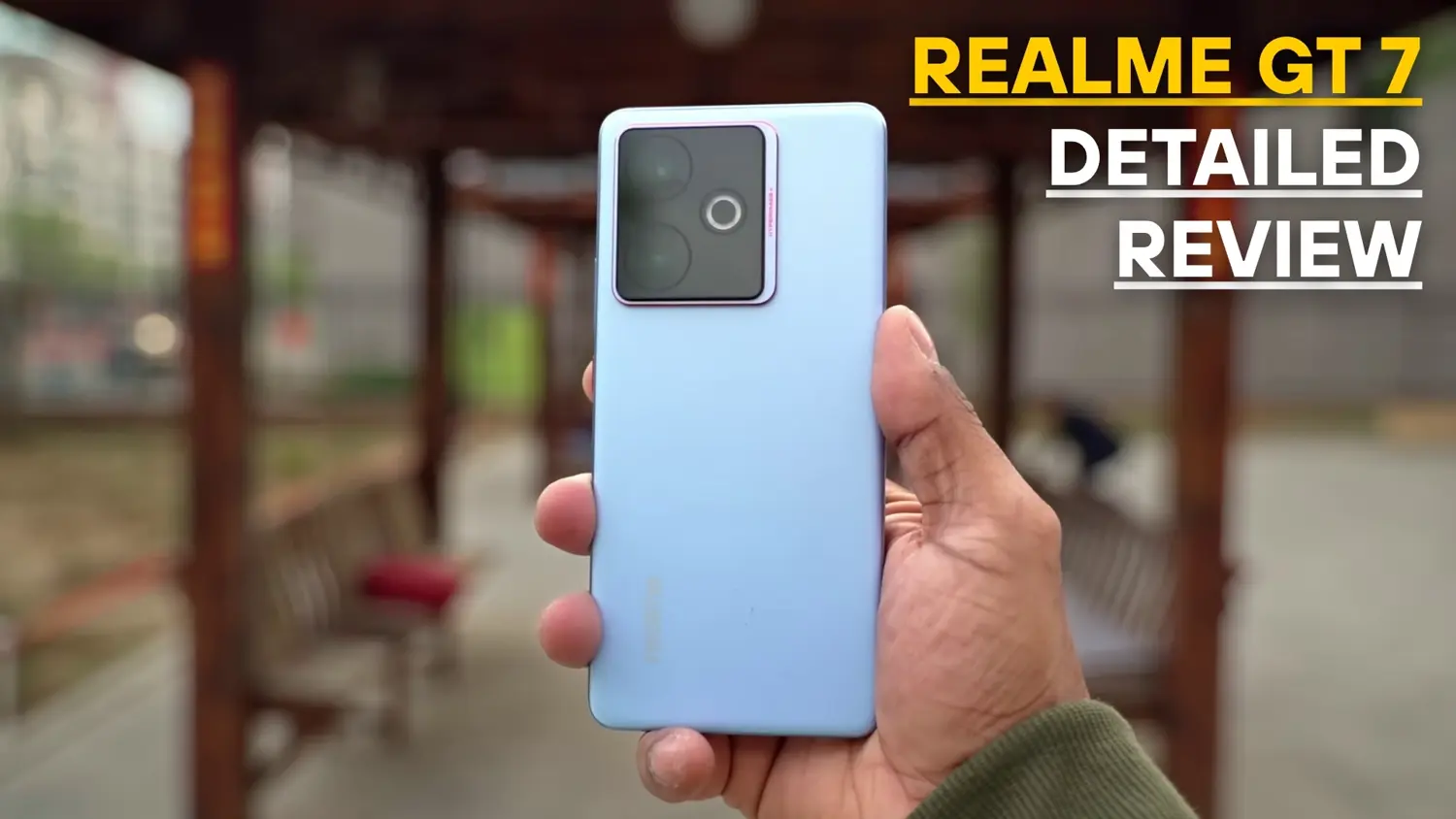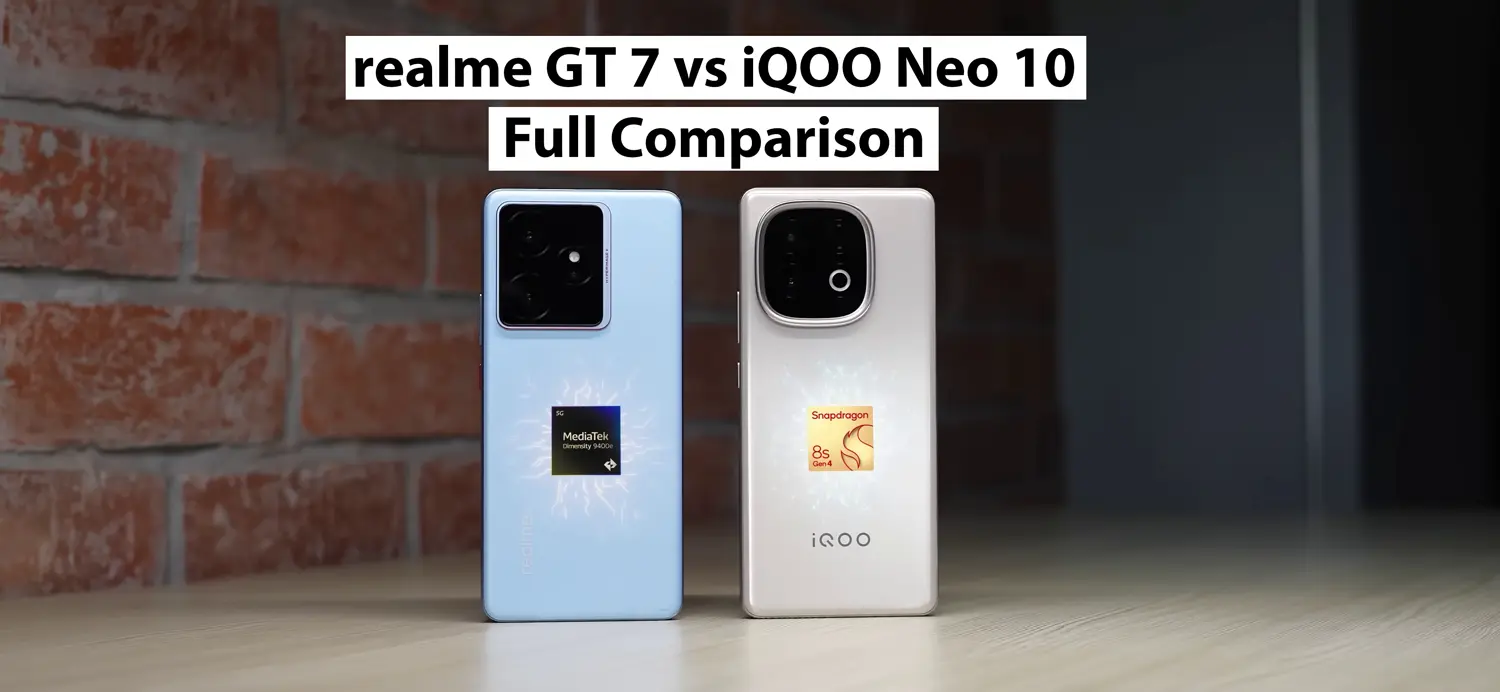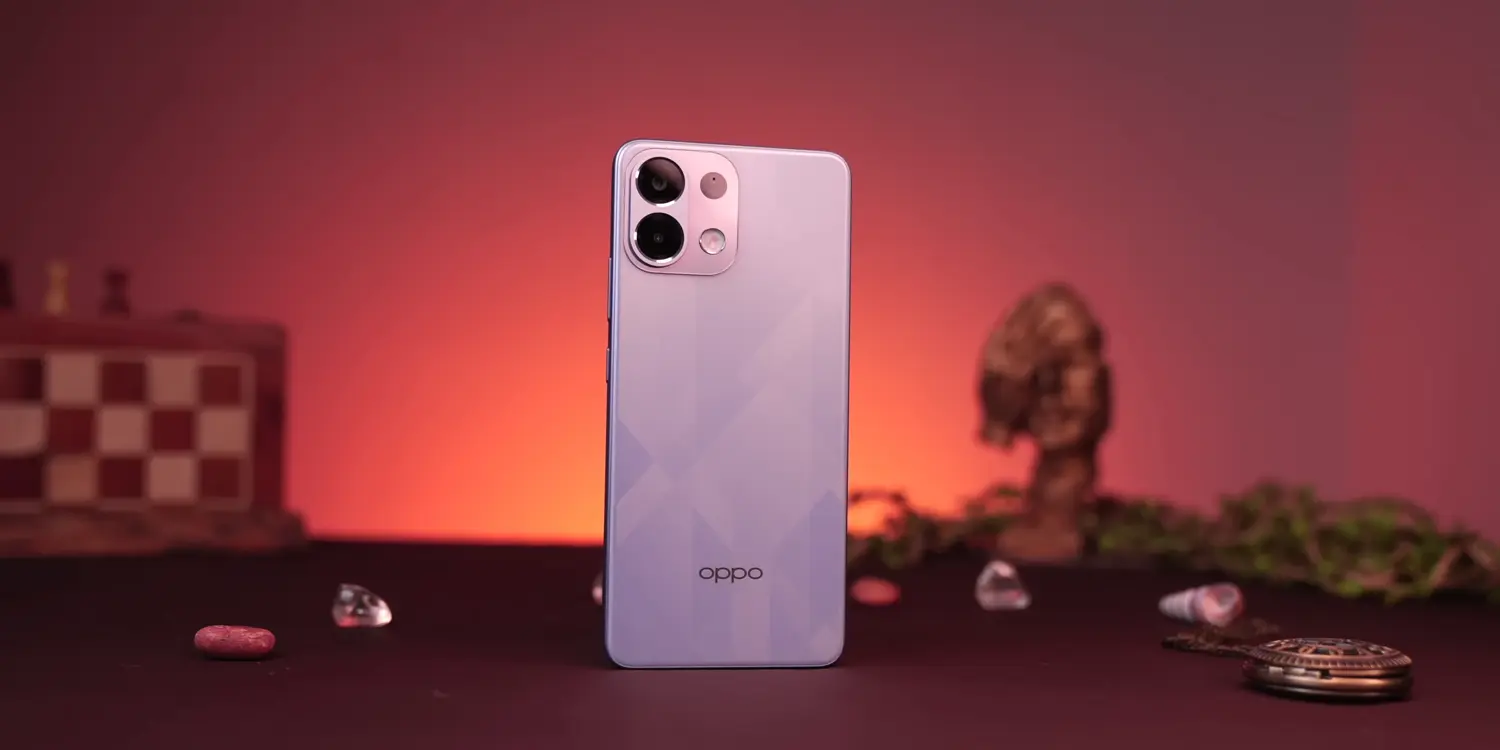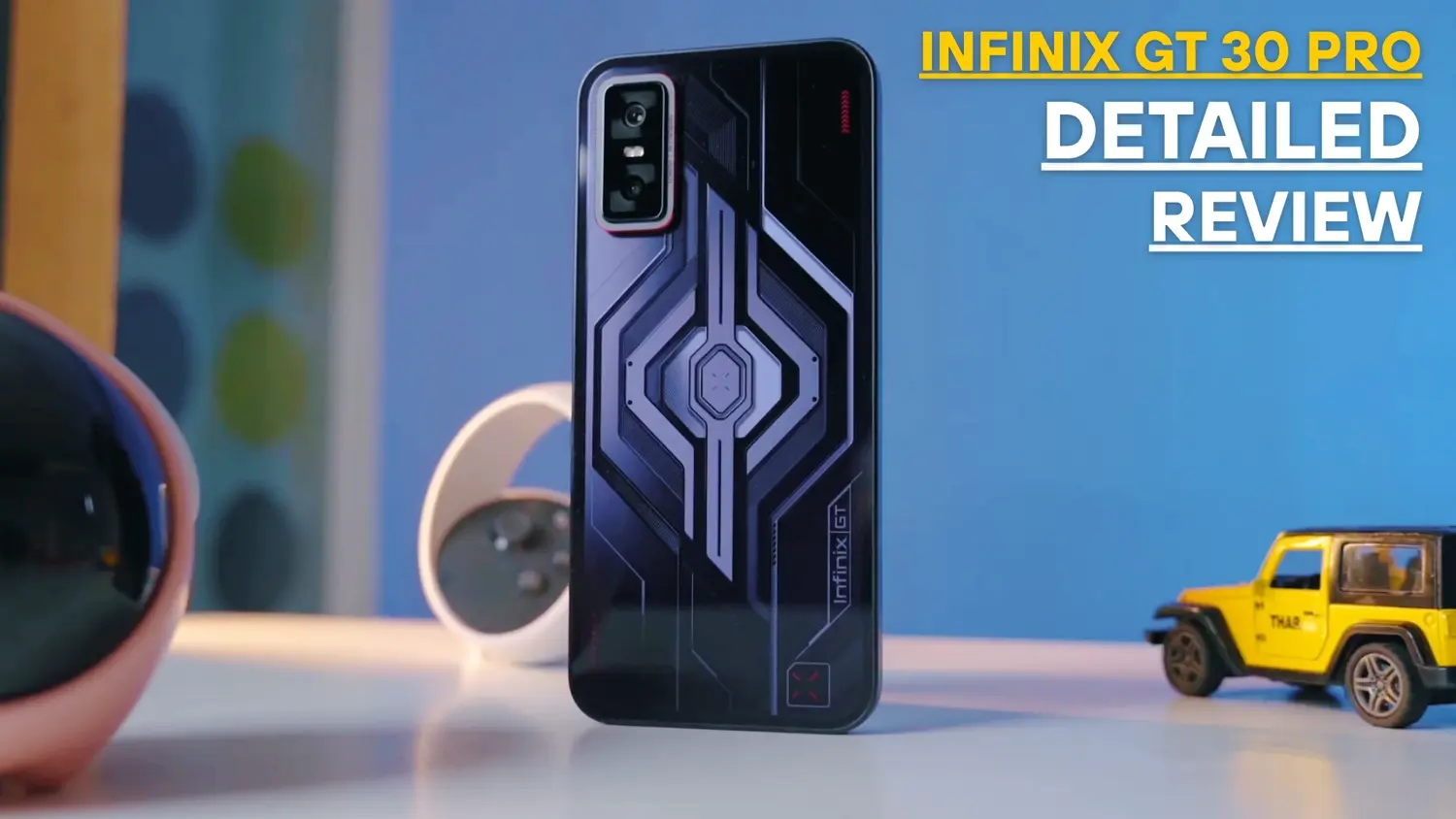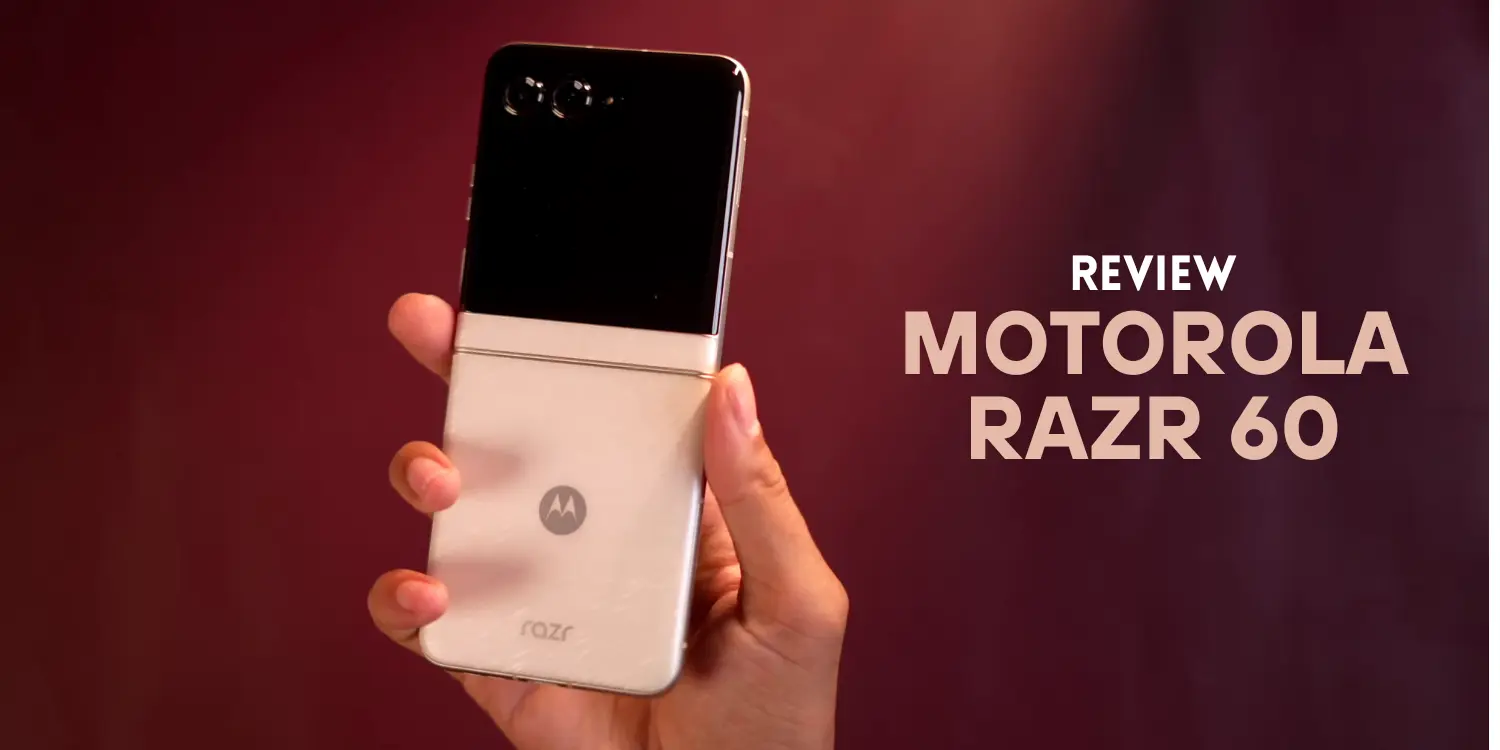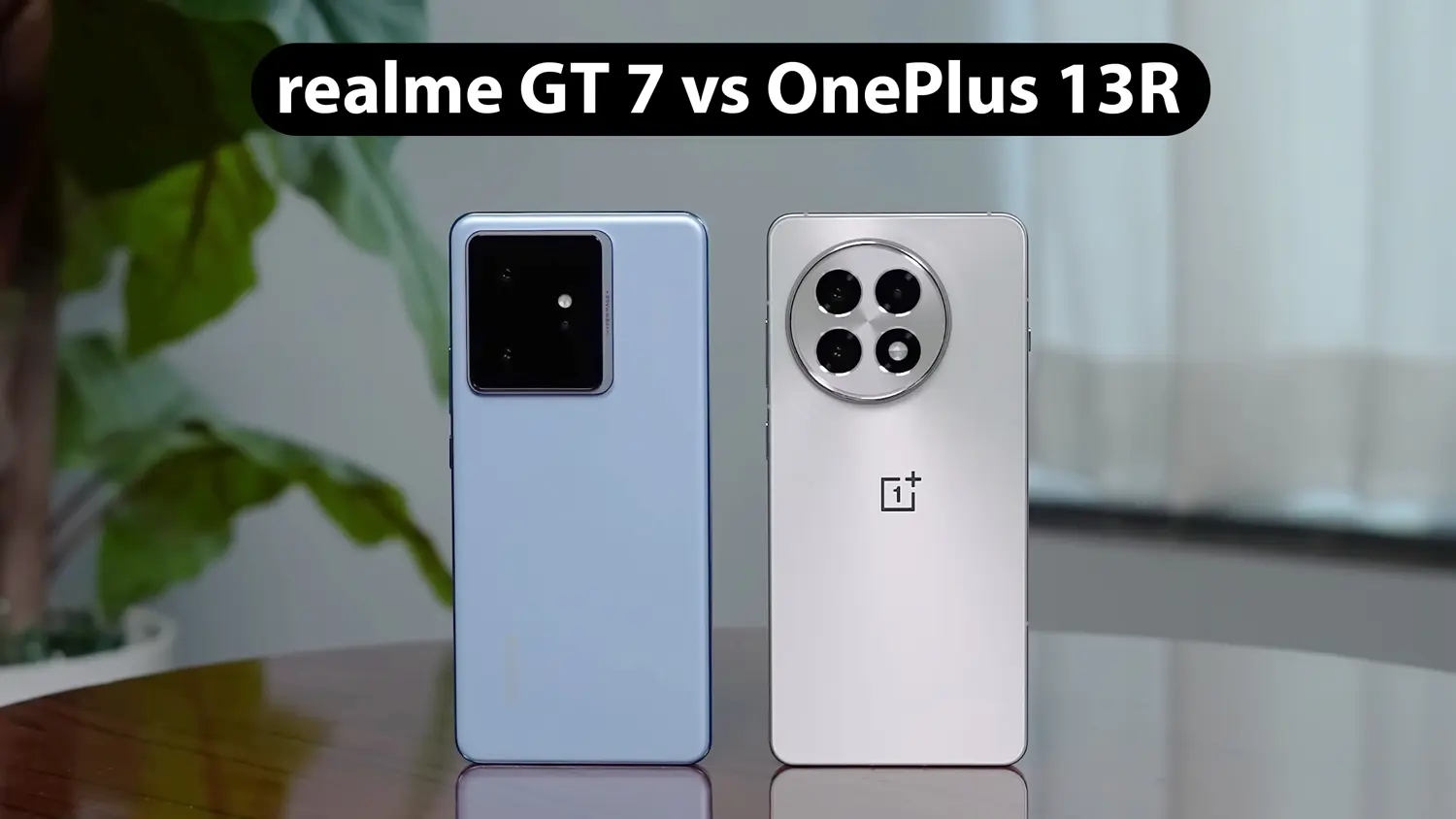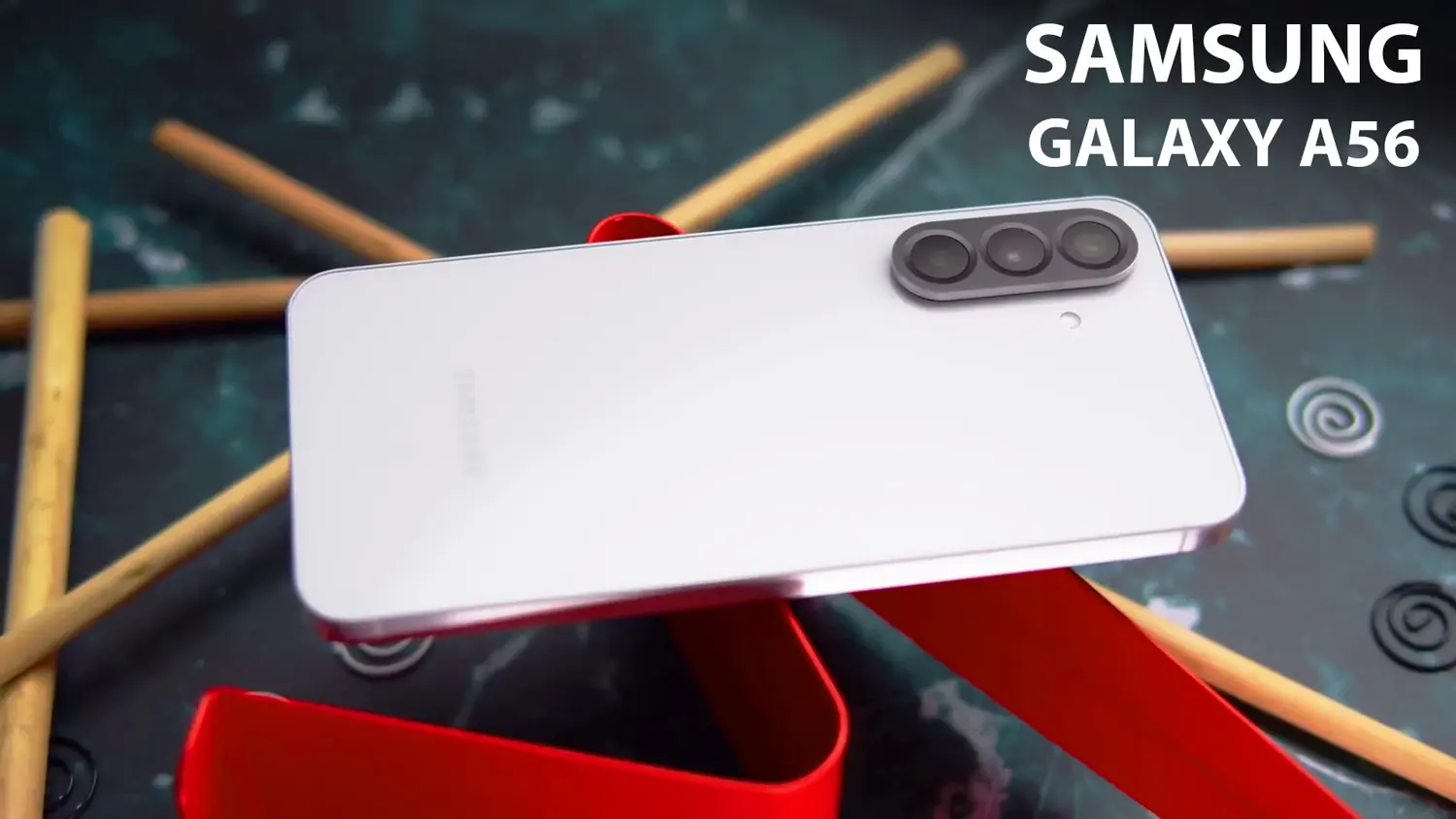The Realme GT 7 marks the latest addition to Realme’s performance-driven GT series, aiming to deliver flagship-level features at a mid-range price point. Launched in China in April 2025 and poised for a global rollout, the GT 7 is positioned as a more affordable alternative to its premium sibling, the GT 7 Pro. With a starting price of around ₹39,999 in India (approximately $355 or €311 globally), the GT 7 promises a compelling mix of a massive battery, robust performance, and a sleek design. But does it live up to the “flagship killer” moniker? This detailed review explores the Realme GT 7’s design, display, performance, cameras, battery life, and software to help you decide if it’s the right smartphone for you.
Design and Build: Sleek, Lightweight, and Durable
The Realme GT 7 sports a modern, understated design that balances aesthetics with practicality. Measuring 162.4 x 76.1 x 8.3 mm and weighing just 203 grams, the GT 7 is surprisingly light for a phone packing a massive 7,200mAh battery. Realme achieves this by using a fiberglass back and a plastic frame, a departure from the glass-and-metal construction of the GT 7 Pro. While this might sound like a downgrade, the matte finish on both the back and frame resists fingerprints effectively, ensuring the phone looks clean even after extended use.
The GT 7 retains the IP69 rating, offering top-tier dust and water resistance, including the ability to function underwater with a dedicated “Underwater Mode” for photography. The design draws inspiration from the GT 7 Pro, featuring a similar camera module with orange accents that add a touch of flair. Available in multiple color options, the blue variant stands out as particularly striking, with a subtle texture that enhances grip.
Despite its slim 8.3 mm profile, the GT 7 feels ergonomic and comfortable in hand. The flat display, unlike the curved screen of the GT 7 Pro, gives it a more grounded feel, though it may not seem as premium. The power button and volume rocker are well-placed, and the phone includes a USB-C port, dual speakers, and an IR blaster for added versatility. However, the absence of wireless charging and the use of a proprietary USB Type-A to Type-C cable for 100W charging are minor drawbacks.
Display: Vibrant but Not Perfect
The Realme GT 7 features a 6.8-inch AMOLED display with a 1.5K resolution (likely 1264 x 2780 pixels) and a 144Hz refresh rate. This panel delivers smooth scrolling and responsive touch input, ideal for gaming and media consumption. However, unlike the GT 7 Pro, it lacks LTPO technology, which means the refresh rate doesn’t dynamically adjust to save power. Given the phone’s massive battery, this omission is less concerning, but it’s a noticeable cut at this price point.
The display boasts a peak brightness of 6,500 nits for HDR content, though real-world tests suggest it reaches around 1,900 nits in high-brightness mode, which is still ample for outdoor visibility. The panel is protected by Corning Gorilla Glass 7i, ensuring durability against scratches and minor drops. One quirk is the slightly oversaturated color profile in the default “Vivid” mode, which makes content like comics and videos pop but may not appeal to those seeking color accuracy. Switching to “Natural” or “Pro” modes mitigates this, though the display still falls short of being the most color-accurate in its class.
For users sensitive to OLED flicker, the GT 7 offers 4,608Hz high-frequency PWM dimming, reducing eye strain in low-light conditions. The ultrasonic in-display fingerprint scanner is a highlight, offering fast and accurate unlocking with a convenient placement that allows setup without lifting your finger.
Performance: Power Meets Throttling Challenges
At the heart of the Realme GT 7 is the MediaTek Dimensity 9400+ chipset, a 3nm processor that delivers near-flagship performance. Paired with LPDDR5X RAM (8GB, 12GB, or 16GB options) and UFS 4.0 storage (128GB, 512GB, or 1TB), the GT 7 handles daily tasks with ease, from multitasking to social media scrolling. In benchmarks, it scores impressively, with Geekbench multi-core results around 7,183 and AnTuTu scores exceeding 2.1 million, rivaling devices with Qualcomm’s Snapdragon 8 Gen 3.
However, the GT 7’s performance stability is a significant drawback. Under stress tests like 3DMark Wildlife Extreme, the phone exhibits severe throttling, dropping to 34.9% stability after just two minutes. In real-world scenarios, this translates to inconsistent frame rates during extended gaming sessions, with titles like BGMI averaging 102 FPS instead of the promised 120 FPS. Surface temperatures remain manageable at around 40°C after stress tests, a marked improvement over the GT 7 Pro’s 50°C, but the throttling issue hampers its appeal for hardcore gamers.
To mitigate this, Realme includes a “GT Mode” that pushes the hardware to its limits, and the phone features a 7,700mm² vapor chamber for cooling. For gamers, an external phone cooler (like the Red Magic cooler mentioned in the video) may be necessary to maintain performance during prolonged sessions. Casual users, however, will find the GT 7’s snappy Realme UI and robust day-to-day performance more than sufficient.
Camera: Competent but Not Class-Leading
The Realme GT 7 opts for a dual-camera setup, a step down from the GT 7 Pro’s triple-camera system. The primary camera is a 50MP Sony IMX896 sensor with an f/1.8 lens and optical image stabilization (OIS). This sensor, nearly identical to the IMX906 on the GT 7 Pro, delivers sharp, well-exposed images in daylight with excellent detail and dynamic range. Low-light performance is competent, with clean images and preserved highlights, though it doesn’t compete with top-tier flagships.
The secondary 8MP f/2.2 ultra-wide camera is functional but lacks autofocus, ruling out macro photography. It performs adequately in bright conditions but struggles with noise and detail loss in low light. The absence of the GT 7 Pro’s 3x telephoto lens is noticeable, as digital zoom beyond 2x results in quality degradation. The 16MP front camera produces decent selfies with realistic colors, but its 1080p video capability feels outdated compared to competitors offering 4K selfie video.
Video recording on the main camera supports up to 4K at 60 FPS, though electronic image stabilization (EIS) introduces some jitter. Realme’s AI-powered camera tools, such as AI Portrait, AI Eraser, and AI Glare Remover, enhance the photography experience, particularly for social media users. Overall, the GT 7’s camera system is solid for its price but falls short of flagship standards.
Battery Life: A Standout Feature
The Realme GT 7’s 7,200mAh battery is one of its biggest selling points, offering exceptional endurance. Even with heavy usage, including gaming and 4K video recording, the battery lasts up to 2.5 days on a single charge. In a 30-minute BGMI test, the battery dropped by 16%, which is higher than the average 9-10% for similar tests, indicating room for optimization. Realme has promised software updates to address this, which could improve efficiency.
The included 100W SuperVOOC charger juices the phone from 0% to 40% in 14 minutes and reaches a full charge in about 50 minutes. The GT 7 also supports 7.5W reverse wired charging, allowing it to charge other devices. The proprietary USB Type-A to Type-C cable is a minor inconvenience, as it requires users to keep track of both the cable and charger for optimal charging speeds.
Software: Realme UI 6.0 and Android 15
Running on Android 15 with Realme UI 6.0, the GT 7 offers a smooth and customizable user experience. Realme UI is fast and responsive, with features like AI Studio tools (AI Motion, AI Ultra Clarity, etc.) and Google Gemini integration for enhanced productivity. However, the software update policy is less competitive than rivals like Samsung, which offer up to seven years of updates. Realme typically provides two to three major Android updates, which may disappoint users seeking long-term support.
Specifications Table
| Feature | Specification |
|---|---|
| Display | 6.8-inch AMOLED, 1.5K resolution, 144Hz refresh rate, 6,500 nits peak (HDR) |
| Processor | MediaTek Dimensity 9400+ (3nm) |
| RAM | 8GB / 12GB / 16GB LPDDR5X |
| Storage | 128GB / 512GB / 1TB UFS 4.0, no microSD slot |
| Rear Cameras | 50MP Sony IMX896 (f/1.8, OIS) + 8MP ultra-wide (f/2.2) |
| Front Camera | 16MP |
| Battery | 7,200mAh, 100W SuperVOOC charging, 7.5W reverse wired charging |
| Operating System | Android 15, Realme UI 6.0 |
| Build | Fiberglass back, plastic frame, Gorilla Glass 7i, IP69 rating |
| Dimensions | 162.4 x 76.1 x 8.3 mm, 203g |
| Connectivity | 5G, Wi-Fi 6, Bluetooth 5.3, NFC, IR blaster, USB-C (proprietary cable) |
| Other Features | Ultrasonic in-display fingerprint scanner, dual stereo speakers, 4,608Hz PWM |
Phone Cooler Recommendations
For gamers looking to address the GT 7’s throttling issues, external phone coolers can help maintain performance. The Red Magic cooler is a reliable option, featuring effective cooling and a sleek design, though its availability in India may be limited. Alternatives include coolers from brands like Black Shark or local Chinese brands with built-in batteries for portability. When choosing a cooler, prioritize models with strong cooling capacity and compatibility with the GT 7’s dimensions. Check availability on platforms like Amazon India or local retailers, and read user reviews to ensure quality.
Verdict: A Strong Contender with Trade-Offs
The Realme GT 7 is a compelling mid-range smartphone that delivers excellent value for its ₹39,999 price tag in India. Its massive 7,200mAh battery, vibrant AMOLED display, and near-flagship performance make it a standout choice for power users and casual consumers alike. The IP69 rating, fast charging, and sleek design further enhance its appeal. However, the severe throttling under load, mediocre ultra-wide camera, and lack of LTPO technology are notable drawbacks, particularly for gamers and photography enthusiasts.
Compared to competitors like the Poco F7 Ultra and OnePlus 13R, the GT 7 holds its own with superior battery life and a competitive price, but its performance stability lags behind Snapdragon 8 Elite-powered devices. If you prioritize endurance and day-to-day performance over intensive gaming, the GT 7 is a fantastic option. For gamers, investing in a phone cooler or opting for a gaming-focused device may be wiser.
In conclusion, the Realme GT 7 is a well-rounded “flagship killer” that delivers on most fronts, making it an excellent choice for budget-conscious users seeking premium features. Share your thoughts on the GT 7 in the comments below and let us know if you’d consider it over its rivals!
